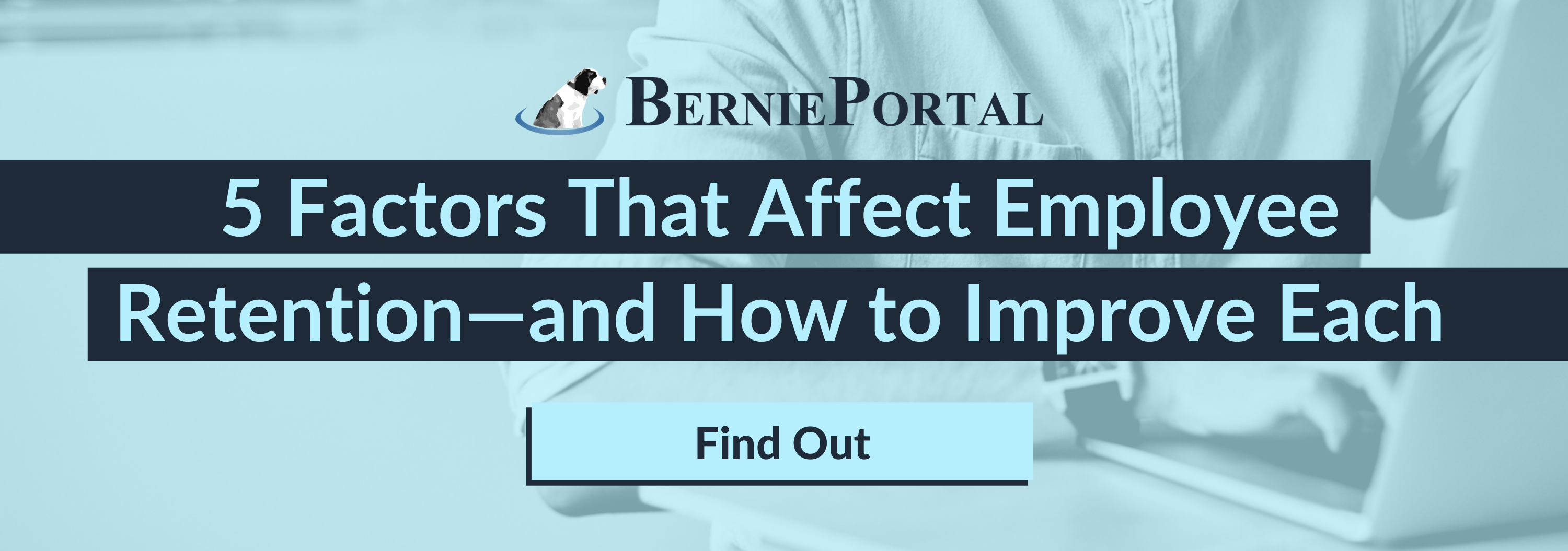
Written by
Lauren Brown
Lauren is an aPHR®-certified member of the Marketing team at Bernard Health. She writes about healthcare insights, employment law, and HR solutions.
How to Write an Employee Newsletter Your Team Will Actually Read

Employee newsletters usually contain important information about company events and dates, but they’re useless if employees don’t read them. If your internal newsletter resembles an outdated bulletin board, read on for ways to improve your communication and make an engaging email that your team will actually want to read.
4 Tips for Writing an Employee Newsletter
Developing an employee newsletter is a great way for organizations to engage their team members, communicate company culture, and send out practical, important reminders. Here are a few ideas on how to develop an employee newsletter:
1. Develop a Strategy
Make sure there’s a team or single team member who is in charge of the newsletter. Does your organization have a marketing team or writer who has the bandwidth to organize the newsletter monthly? Or will it be HR’s responsibility?
2. Keep it Scheduled
Let your employees know when the newsletter is expected. Have the newsletter sent out at the beginning of each month as a “monthly forecast” or at the end of the month if you’re sending it as a “monthly recap” newsletter. Regardless, employees should expect to receive the newsletter at a certain scheduled time.
3. Include all Team Members
Be sure to include all team members on the recipient list of the newsletter and add new team members as they join the team. If you're managing internal communication through an email communication software such as Hubspot or Constant Contact, this should be relatively easy.
4. Use a Template
Whoever is in charge of creating the newsletter should be sure to use a template or keep the same structure month to month. This makes the writing process easier and helps keep the organization's brand consistent.
5. Be Open to Feedback
If this is the first time your organization has sent out an employee newsletter, keep track of feedback and suggestions from your team. Depending on the platform you use, you might be able to track how many employees engage with the newsletter.
What Should Be Included in an Employee Newsletter?
The content you include in an employee newsletter will depend on your organization’s size, culture, and industry. Here are a few key pieces of information that most organizations will want to include in a newsletter:
1. Important Dates
Newsletters are a great way to remind employees about important dates coming up. Include a preview of the month ahead with the dates of federal holidays, conferences, or company-wide events.
2. Employee Birthdays and Work Anniversaries
A study found that in a work environment, efforts that demonstrate appreciation and affirmation can promote employee engagement and performance. Celebrate your team members by including their birthdays and work anniversaries in your company newsletter. For more ideas to celebrate employee anniversaries, read this blog.
3. Job Openings
Include internal and external job openings in your organization’s newsletter and encourage your team members to share on LinkedIn.
4. New Team Members
Help introduce new hires to the organization by including a small bio and photo of them in the employee newsletter. You can also get creative by asking the new hires to include a fun fact, favorite book, etc.
5. Community Section
This is a great way to reinforce company culture and include a fun break in your team’s day. A community section can include fun seasonal ideas, like summer playlists or fall recipes, and a space to celebrate employee accomplishments and shoutouts.What is Company Culture and Why is it Important?
Company culture often refers to the personality of a company. It’s a learned, shared experience that defines the environment employees work in, company mission, company values, ethics, expectations, and goals.
Employees are more likely to enjoy their time in the workplace if they fit in with the company culture, which impacts retention and engagement rates. Additionally, employees are more likely to recommend others to work for your company.
In the past, anything resembling culture was likely a byproduct of work tasks and the work environment; now, culture informs daily work and the work environment. Employee recognition company O.C. Tanner identified intentional efforts to build company culture as a trend for 2020 and employers have every reason to believe this will extend into 2021. HR should look to build a meaningful culture that enhances the company and the employees’ experience.

Written by
Lauren Brown
Lauren is an aPHR®-certified member of the Marketing team at Bernard Health. She writes about healthcare insights, employment law, and HR solutions.
Related Posts
Yes, you can use a health savings account, or HSA, for cosmetic surgery, but only in...
According to the KPMG 2023 CEO Outlook, 64% of business leaders believe there will be a...
Thomas J. Peters, best known for his book In Search of Excellence, once stated, “The day...
According to the Ethics and Compliance Initiative’s (ECI) 2023 Global Business Ethics...







Submit a Comment